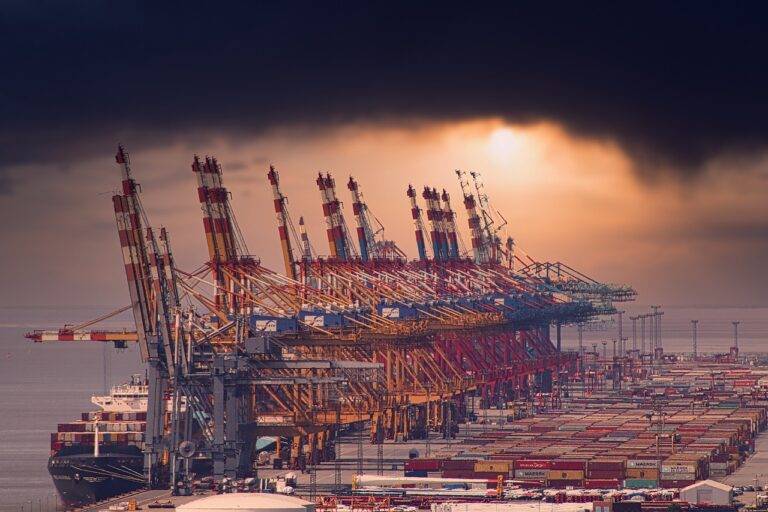The Role of Tech in Addressing Food Security Challenges
Food security remains a critical issue worldwide, with millions of people facing hunger and malnutrition every day. One of the key challenges is the unequal distribution of resources, where some regions have an abundance of food while others struggle to meet basic nutritional needs. This disparity is exacerbated by factors such as poverty, climate change, and conflict, which further hinder efforts to ensure food security for all.
Another challenge is the lack of access to proper infrastructure and technology in many agricultural communities. Poor transportation networks, limited irrigation systems, and outdated farming techniques contribute to low crop yields and food shortages. Without adequate resources and support, farmers are unable to maximize their production potential, leading to food insecurity for both rural and urban populations alike.
Current Status of Food Security Globally
Food security remains a critical issue on a global scale. Despite advancements in agriculture and food production, millions of people around the world still lack access to sufficient, safe, and nutritious food. The United Nations reports that about 811 million people were undernourished in 2020, highlighting the persistent challenges in ensuring food security for all.
In addition to quantity, the quality of food is also a concern. Many individuals consume diets low in essential nutrients, leading to malnutrition and health issues. It is evident that achieving food security goes beyond simply producing more food; it involves addressing economic, social, and environmental factors that influence people’s ability to access and afford nutritious food.
Impact of Technology on Agriculture
Technology in agriculture has transformed the way farmers cultivate crops and raise livestock. From precision farming tools to automated irrigation systems, advancements in technology have improved efficiency and productivity in the agricultural sector. These innovations help farmers make informed decisions, optimize resource allocation, and minimize environmental impact through sustainable practices.
Moreover, technology has enabled better monitoring and management of crops and livestock, leading to higher yields and improved quality of produce. With the integration of drones for crop surveillance, sensors for soil analysis, and real-time data collection, farmers can proactively address issues such as pests, diseases, and nutrient deficiencies. As technology continues to evolve, the agricultural industry stands to benefit from increased sustainability, resilience, and profitability.
How does technology impact agriculture?
Technology in agriculture has revolutionized the way farmers grow crops and raise livestock, leading to higher yields, improved efficiency, and sustainability.
What are some examples of technology used in agriculture?
Some examples of technology used in agriculture include GPS-guided tractors, drones for crop monitoring, precision agriculture tools, and biotechnology for seed improvement.
How does technology help in addressing the challenges of food security?
Technology helps in increasing agricultural productivity, reducing post-harvest losses, improving access to markets, and enhancing resilience to climate change, all of which are crucial in ensuring food security.
What is the current status of food security globally?
The current status of food security globally is a mix of progress and challenges, with over 800 million people still facing hunger and malnutrition, highlighting the importance of leveraging technology in agriculture.
What are some of the challenges of food security?
Some challenges of food security include climate change, limited access to resources, lack of infrastructure, market volatility, and population growth, all of which can be addressed through the use of technology in agriculture.





